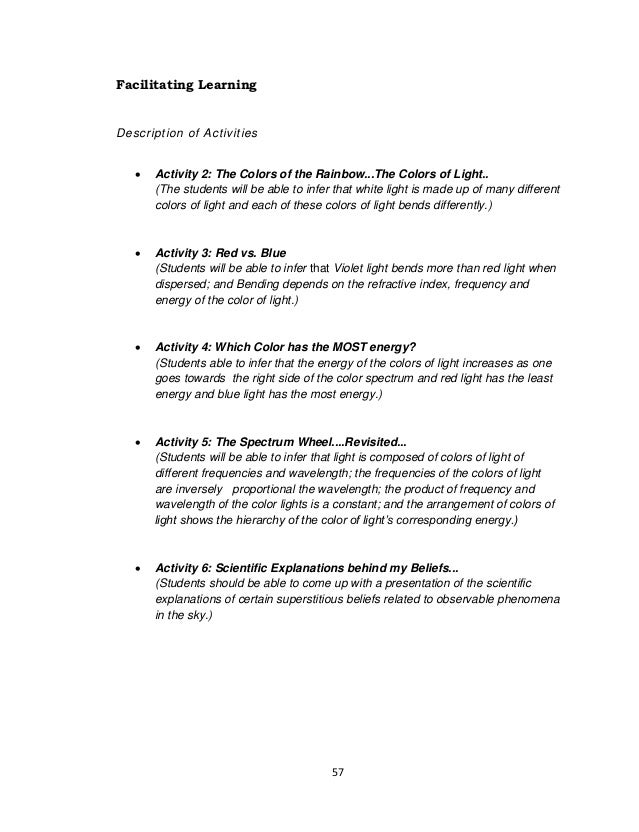Accounting Teachers Guide
A Note to Teachers Dear Teacher: The Occupational Outlook Handbook ( OOH) is an online publication that has information on hundreds of occupations in the United States. The OOH is a rich resource for those seeking career guidance. Using the OOH, students can explore different aspects of occupations by clicking on the following tabs:. What workers do on the job.
Work environment. Education, training, and other qualifications needed to enter the occupation. Pay. Projected employment change and job prospects.
State and area data. Similar occupations. Contacts for more information As a teacher, you are in a position to help your students plan their future. Through the OOH, students can access valuable occupational information that can help them make career choices. By familiarizing yourself with the features of the OOH, you will be in a position to quickly and effectively help your students use this valuable tool.
AQA GCE Accounting specification 2120 Support for Teachers - ACCN2 and ACCN3 update on IAS The revised Accounting specification introduced in 2007 saw the introduction of International Accounting Standards in A2 unit ACCN3.
What’s New in the OOH? Career Videos Career videos have been added to some occupational profiles on the Summary tab. The videos, produced by, provide a brief overview of the occupation, including typical duties and entry-level education needed. Navigating the OOH Homepage There are several ways to find career information about a detailed occupation:. Occupation Group Search.
Restaurant Accounting Guide
The OOH is broken up into clusters of similar occupations. To find an occupation, students may browse the occupational group of interest on the left-hand side of the homepage. Clicking on a group results in a landing page of similar occupations together with their respective job summaries, typical entry-level education, and median pay. Typical entry-level education and median pay can be quickly sorted by clicking the arrows at the top of each column. Occupation Finder.
The occupation finder (located towards the top of the homepage) makes it easy to search for occupations by typical entry-level education, on-the-job training requirements, projected number of new jobs, projected employment growth rate, median pay, or a combination of any of these five characteristics. For example, a student who wants to learn which occupations typically require a bachelor's degree and pay an annual salary of $75,000 or more can use the drop-down menus to narrow down the occupations using those two criteria. Search Box. Students may also search for occupations by entering a title into the “Search Handbook” box at the top right side of the homepage. A–Z Index Search. Students may use the alphabetical index to look for an occupation. For example, someone looking for “Accountants” would click on “A” and then on “Accountants” in the A–Z index search.

The student would then be directed to the occupational profile on accountants and auditors. Browse Occupations. Clicking on these buttons takes students to three distinct pages: highest paying occupations, occupations projected to be the fastest growing, and occupations projected to have the most new jobs created. Featured Occupation. With each visit to the OOH homepage, a different occupation will be featured that students can click on and explore. OOH Glossary. The OOH Glossary includes terms frequently used in the occupational profiles and related pages, including general economic concepts, such as seasonal employment and the labor force; definitions of BLS resources, such as surveys and classification systems; and terms particular to the OOH, such as education and training categories.
Question Mark (?).Certain terms in the profiles have question marks next to them. Users can click on the question mark to read the definition of a term or about the section.
About the Information in Each Online Profile Each occupational profile in the OOH is made up of nine separate “pages” or tabs: a summary page highlighting key characteristics of the occupation, and additional pages: 1. Summary Page. Quick-facts table; this feature summarizes key information about the occupation, including:.
Median pay. Entry-level education. Work experience in a related occupation. On-the-job training. Number of jobs in the base year.
Job outlook. Employment change. Summary information describes each occupation by basic characteristics (See items 2–9) 2.
What They Do. Definition of the occupation. Typical duties. Specialties within the occupation 3. Work Environment. Number of jobs in the base year.
Work setting, including potential hazards and physical, emotional, or mental demands. Employment by largest industries. Work schedules, including information on hours worked and seasonality of work. Injuries and illnesses (if relevant) 4.
How to Become One. Typical entry-level education requirements. Important qualities that are helpful in performing the work. Typical on-the-job training needed to attain competency in the occupation (if relevant). Licenses, certifications, and registrations (if relevant). Work experience in a related occupation (if relevant). Other experience (if relevant).
Advancement (if relevant) 5. Pay. Median annual or hourly wages. Top 10 percent in wages earned. Bottom 10 percent in wages earned.

Insurance Accounting Guide
Wages earned in top-employing industries. Chart showing median annual or hourly wages in the occupation in comparison with median annual or hourly wage for all occupations. Work schedules. Union membership (if relevant) 6.